
When an out-of-scale glass tower in one of New York City's most popular neighborhoods opens, does it make a sound?


MOVING TOWARD UTOPIA: What King of City Lies Ahead?: : : : : : : : : : : : : : : : : : : : : : : : : : : : : : : : : : : : : : : : : : : : : : : : : : : : : : : :
PANELISTS INCLUDE: Tom Angotti, Nancy Levinson, & Bill Menking
Moderated By David Smiley
Wednesday, April 14th
6:30PM
James Room
4th Floor Barnard Hall
(West 117th St and Broadway)
A new concept of the city has emerged among contemporary urbanists. Architects and planners now frame the city not as a set of independently regulated functions but as a mesh of landscapes, spaces, and policies. Streets, paths, parks, and infrastructure are elements of a constantly shifting system that joins the particularities of place and overarching social goals. In this new environment, planning tactics, management techniques, policy goals, and fiscal strategies continuously interact. Building on the Fall 2009 "Rights of Way" symposium, “Moving Toward Utopia” addresses questions of power, health, equity, and ecology that confront and are fueled by new design strategies. “Moving Toward Utopia” will bring together a distinguished group of urban thinkers to examine the implications of new approaches to the design of public spaces. What kind of city lies ahead?
Information: (212) 854-2037

Minds in the Gutter: Storm Water Management in New York City: : : : : : : : : : : : : : : : : : : : : : : : : : : : : : : : : : : : : : : : : : : : : : : : : : : : : : : :
...a viewing of the selected designs and
a panel discussion among expert dreamers and do-ers
in the field of stormwater management.
April 22, 2010, 6:30pm
Museum of the City of New York
Click through for tickets!
S.W.I.M. members call 917.492.3395 to enter at MCNY member rate!

FAST TRASH: Roosevelt Island‘s Pneumatic Tubes and the Future of Cities: : : : : : : : : : : : : : : : : : : : : : : : : : : : : : : : : : : : : : : : : : : : : : : : : : : : : : : :
April 22 – May 23, 2010
Opening Reception: Thursday, April 22, 6 – 9pm
Roosevelt Island’s idiosyncratic underground garbage disposal suggests alternate futures for New York City’s infrastructure.
The Changing State of the Design Press: Now What?When: 6:00 PM - 8:00 PM MONDAY, APRIL 26
Where: At The Center
There’s no question that the platforms for architectural dialogue are in flux. While some design publications are shrinking or even disappearing, other media outlets are using technology to broaden their reach. Design critics and journalists can use web sites, blogs, e-newsletters, and other forms of communication to talk about anything, from practice to technology. The mainstream press is even increasing its design-related reportage, supported by growing interest in such topics as sustainability, innovation, and urban planning. How do we navigate our current media landscape? To prepare for what’s now and what’s next, Oculus editor Kristen Richards will moderate a panel of editors from top publications who will discuss ongoing shifts in the design media and readership; how these changes are influencing the type and content of traditional print publications; the rise of new publications and new audiences; and the influence of blogs and on-line magazines.
Moderator:
Kristen Richards, editor, Oculus and www.ArchNewsNow.comPanelists:
Julie V. Iovine, Executive Editor, Architects Newspaper
Michael Sorkin, Principal, Michael Sorkin Studio, writer/editor/design critic
John Hill, A Daily Dose of Architecture
Robert Ivy, Editor-in-Chief, Architectural RecordOrganized by: AIA NY Marketing & PR Committee and the Oculus Committee
Sponsored by: Hausman LLC

Each pedestrian bridge consists of two 3ft 6in steel plate girders which comprise the primary structure of the bridge as well as its railings. The plate girders have 1/4in-thick corrugated, perforated webs. The corrugation depth or "amplitude" of the web is trapezoidal in plan and varies between 2in and 6in across the span to enhance the structural stability of the web and to brace the top compression flange of the girder. The corrugation, therefore, allows for a thinner web and less bracing material. The corrugation also creates a varying pattern of light and shadow when the girders are viewed at an angle. The perforations in the web are diamond-shaped to generate a lattice-like appearance that recalls the original wood lattice canal bridges designed by a local architect Ithiel Towne in 1820. The perforations also help to reduce the weight of the structure.


The intention...was to demonstrate an integration of an original structural system with an architectural concept developed from urban scale research of neighborhood identity and carried through the expression of the minutest details.

TEA Tenerife Espacio de las Artes in Canary Islands, Spain by Herzog & de Meuron, 2008.
To contribute your Flickr images for consideration, just:
:: Join and add photos to the archidose pool, and/or
:: Tag your photos archidose



Drawing ARCHITECTURE
A collection of drawings that Nikita, an architectural student, likes. (added to sidebar under blogs::architecture)
Student Architecture and Design Inititative (SADI)
"A non-profit organization that will inventory, recognize, celebrate, and promote the outstanding work of student architects and designers around the globe." (added to sidebar under architectural links::organizations)
over,under
The "collective random thoughts" of Boston-based multi-disciplinary studio for architecture, urban design, interiors, graphic identity and publications over,under. (added to sidebar under blogs::offices)
50 Most Amazing Architectural Photography Blogs
Lists like this seem to pop up every other week, featuring the same old sites in a ploy to drive traffic to a site. Usually I shy away from linking to them, but there's a number of sites here that I'm not familiar with, so I'm breaking my own rules.
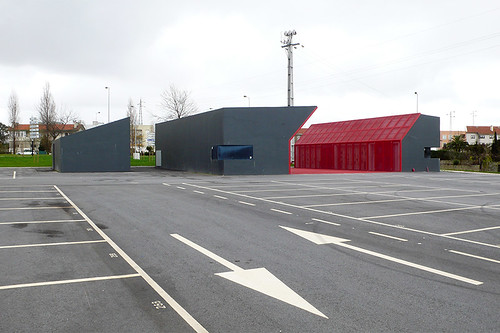
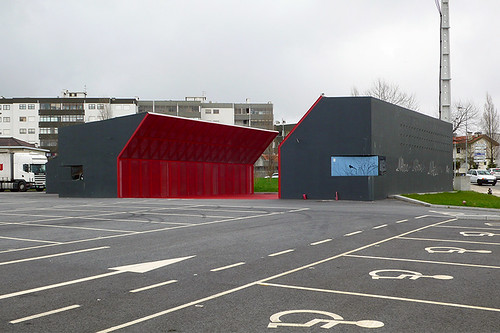

To contribute your Flickr images for consideration, just:
:: Join and add photos to the archidose pool, and/or
:: Tag your photos archidose


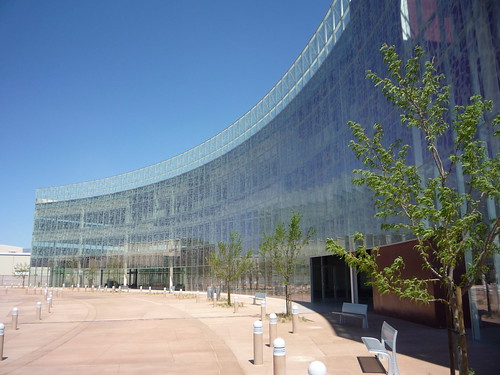
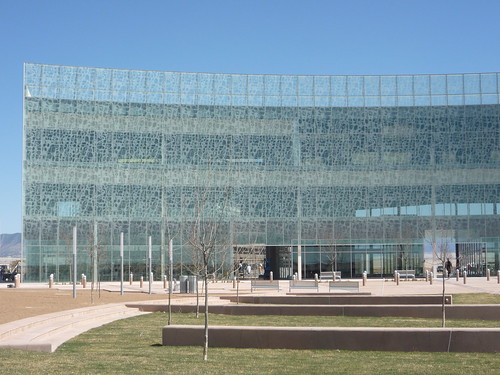

To contribute your Flickr images for consideration, just:
:: Join and add photos to the archidose pool, and/or
:: Tag your photos archidose
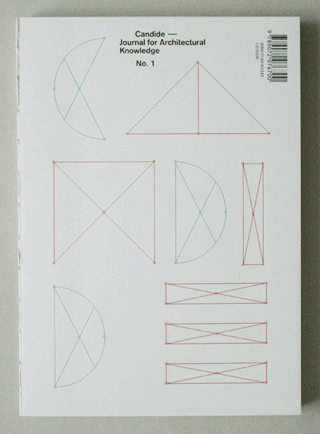
8 April, Thursday, 6-8pm
The Glass Corner, Room 206
25 East 13th StreetIn an age of seemingly ubiquitous information, data and networks:
What is knowledge?In an age of self-publication and blogs:
Can peer review ensure quality?
Why should architects write when what they do best is design?Hosted by William R. Morrish, Dean, Parsons, School of Constructed Environments
Moderated by Susanne Schindler, Editor, Candide. Journal for Architectural KnowledgePanelists:
Emily Abruzzo, Editor, 306090, Frequent SCE visiting faculty.
John Hill, Writer and Editor, A Daily Dose of Architecture
Nina Rappaport, Publications Director, Yale School of Architecture, Frequent SCE visiting faculty.
Kazys Varnelis, Director, Network Architecture Lab, Columbia University–
Candide. Journal for Architectural Knowledge
is a peer-reviewed German-English language periodical edited by the Department of Architecture Theory, Faculty of Architecture at RWTH Aachen University, Germany.For questions or review copies, contact Susanne Schindler
schindler@theorie.arch.rwth-aachen.de